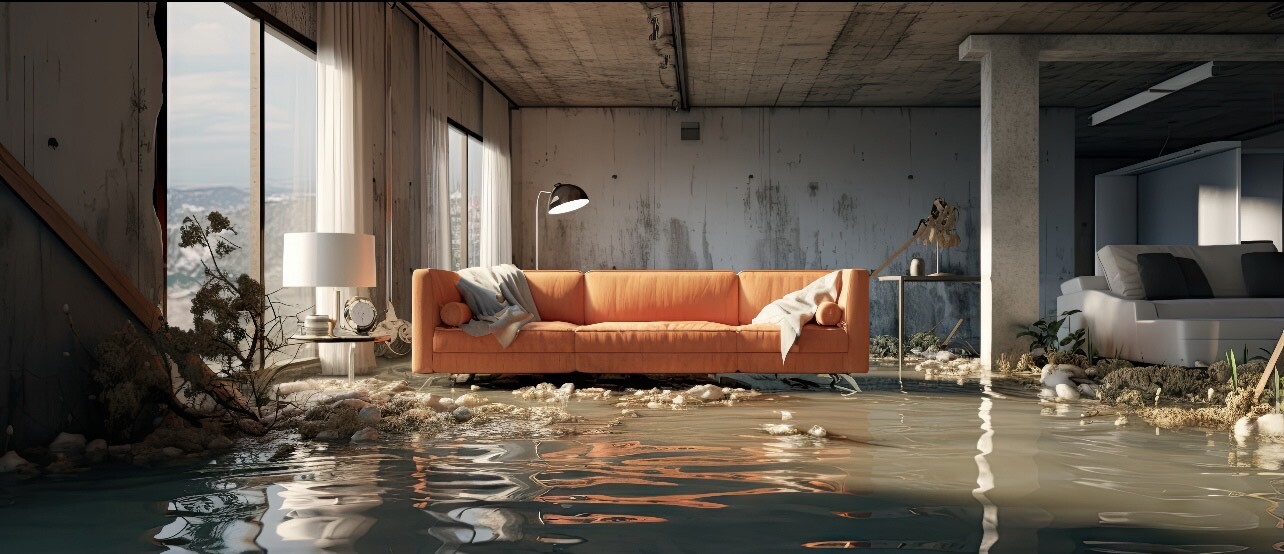
Understanding Insurance: Navigating Claims for Water Damage and Mold Restoration Nov 01, 2025
First, familiarize yourself with your insurance policy. Knowing the specifics of your coverage is crucial. Some policies cover water damage resulting from sudden incidents, like a burst pipe, but might exclude issues resulting from negligence or gradual leaks. Mold damage is often treated similarly; it may be covered if it results from a covered water damage event, but not if it’s due to poor maintenance. Therefore, reviewing your policy thoroughly can help you understand what incidents are covered under your plan.
Once you’ve identified the extent of the damage, immediate action can be the key to a successful claim. Start by documenting everything. Take clear, date-stamped photos and videos of the water or mold damage. These visuals will serve as critical proof when presenting your case to insurance adjusters. Keep a detailed record of all conversations with your insurance company, including dates, times, and summaries of discussions. Having a well-documented report strengthens your claim and ensures you have all necessary evidence at hand.
It's important to note that not all water or mold damage mandates the same response. For instance, while minor leaks can be managed independently until professional help arrives, significant damage often requires immediate intervention to prevent further deterioration. In such cases, hiring professionals like those at All Clear Restoration can not only resolve the issue efficiently but provide professional documentation that reinforces your insurance claim. Most insurance policies require taking steps to mitigate further damage, making immediate professional remediation a necessity rather than an option.
After mitigating the damage, contact your insurance provider as soon as possible. Prompt communication sets a professional tone and lets the insurer know you are addressing the situation responsibly. Many insurance companies have strict timelines for filing claims; delaying could potentially lead to denial of coverage. Be prepared to provide initial documentation and engage in discussions about how to proceed.
Inviting an insurance adjuster to inspect the site is another significant step. Adjusters will assess the damage, ensuring it aligns with the claim details and your policy coverage. Here, having a professional restoration company on-site can be advantageous. They can answer technical questions and provide a more detailed account of the damage, all of which can help in securing approval for your claim.
In conclusion, while dealing with water damage and mold restoration can be challenging, understanding the insurance process can make navigating claims simpler. Begin by familiarizing yourself with your policy, document everything meticulously, and engage with professional restoration services for efficient damage control and compelling evidence to support your claim. At All Clear Restoration, we understand the urgency and complexity of water damage and mold issues, and we stand ready to assist not only in restoring your property but also in offering guidance through your insurance claims process.
/filters:no_upscale()/media/3fa6d995-c784-4fe4-b8c7-3bc426ae9bb2.png)
/filters:no_upscale()/filters:format(webp)/media/72aaa778-c069-474f-91ea-03403253b4bf.png)